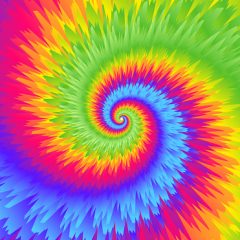Modern day studio’s predominantly use the digital studio facilities, such as computers instead of hardware, so they’re mostly all just digital studios. However, some producers do like to use both some hardware along side to the computer.
Due to everything being on a computer, the work flow is much better because the key and tempo is set straight away, so you don’t have to mess around with that, and you can change keys easily instead of having to retake in a whole new key. Although digital studios have a lot of perks, they’re very expensive to get good equipment, but artists like Finneas O’connell say how it’s not about how good the equipment is, it’s all about how creative your idea is and how you choose to bring it to life. Aside from price, you’ll also have a lot of wires so you’ll definitely need watch out for overloading circuits and look into getting breakout boxes to manages the leads etc.
At most, you’d only really need 2 break out boxes, one to control the studio lights etc and one for all the hardware and leads. Having a chair at a good level, so you can hear everything and see everything that you need to, is also essential! Another important thing is that you have everything in an accessible place, like if you’re left handed then you’ll need the rump pad of the left side etc. Making sure to form an invisible triangle with your speakers by turning them in is essential because you want to hear how affect the sound rotation is, like which headphone it’ll come out of. Having 2 monitors is also kind of important because you’ll need one for all the mixing and then one for the creative flow. You’ll need the preamp, which controls the speakers, and the mixer in the centre of the desk so they can be easily accessed if needed.
An advantages of having a digital studio is that you can have it at home because it’s a lot smaller. Having a home studio can help create more expression, time is no longer an issue and it works out cheaper in the long run because just 1 day in a studio can cost around £1000, that’s nearly enough for a Mac computer!
However, when you’re at home there a lot of thing’s you’ll need, such as: audio interface, microphones, midi-keyboard, drum machine, synthesiser, speaker, Mac, hardware, possibly a patch bay (changes effects etc) and a breakout box. This is all incredibly pricey, not to mention Logic Pro is like £200 too!
In comparison to 50’s studio’s though, it’s less crowded and less complicated if you want to do thing’s like collabs and it’s also just easier to play around with because everything is pretty much just a touch of a button. However, the only downside to a digital really is that it can not replicate that warm sound that an analog studio did. In conclusion, a digital studio is better because of how accessibly and easy it is but it’s very pricey and can’t capture the same warm feeling that an analog studio could.
